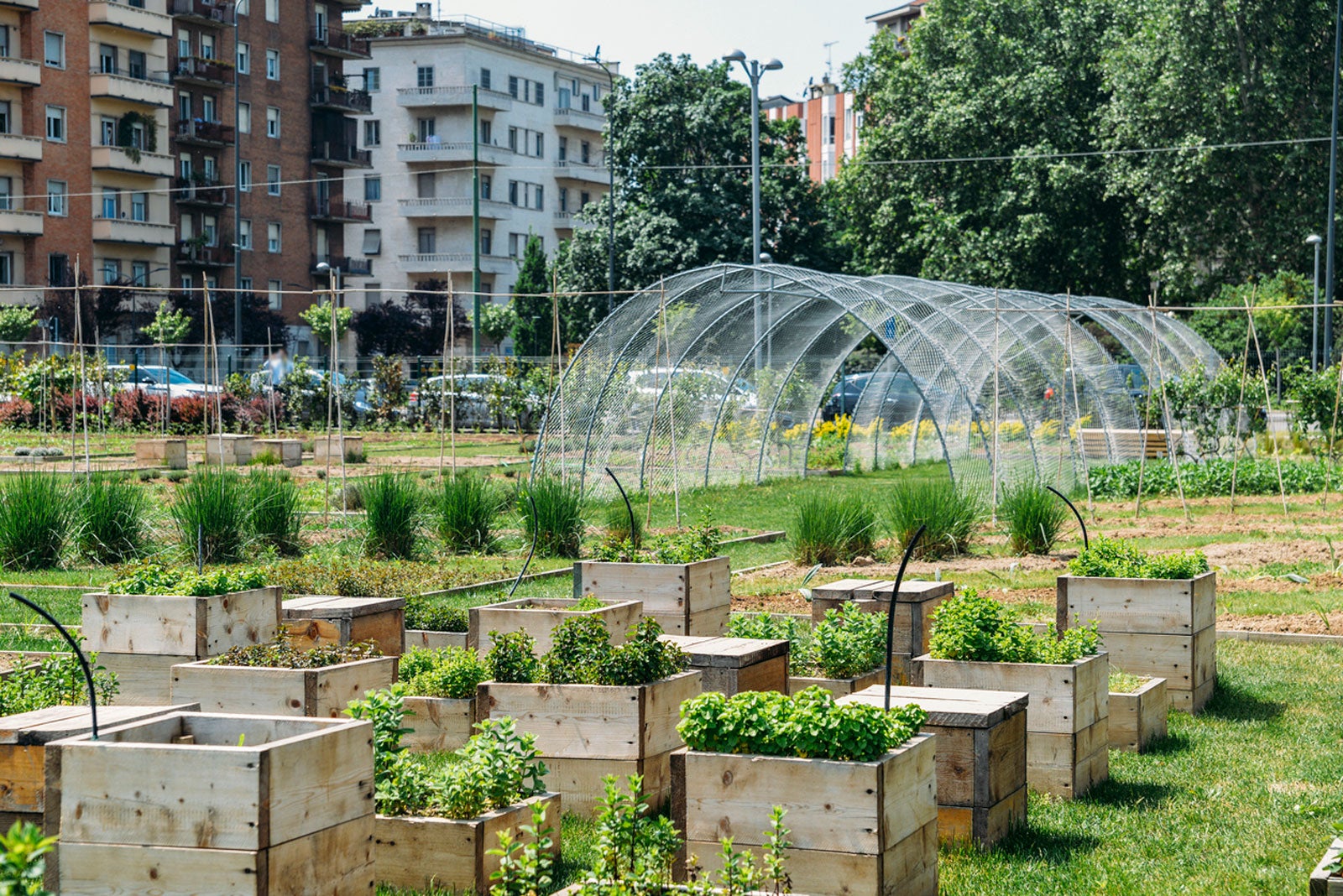Indicators on City Blooming You Should Know
Wiki Article
Getting My City Blooming To Work
Table of ContentsTop Guidelines Of City BloomingSome Known Incorrect Statements About City Blooming The Single Strategy To Use For City BloomingThe Single Strategy To Use For City BloomingSome Known Questions About City Blooming.
Intrigued in growing food available for sale in the City of Chicago? Thinking of starting a community garden? Changes to the Chicago Zoning Statute allow farming uses like community yards and city ranches in many components of the city. Below is a listing of often asked concerns relating to the regulations and regulations that farmers ought to think about when intending an urban agriculture job.
The zoning amendment does not modify any various other codes handling composting, structure permits, acquiring or renting City possessed residential or commercial property, organization licenses or ecological contamination. There are existing codes that control these issues and they stay completely impact and might apply to your project. Neighborhood yards are typically possessed or handled by public entities, public organizations or community-based companies and maintained by volunteers.
Urban ranches grow food that is intended to be offered, either on a not-for-profit or for-profit basis. Due to their business purpose, urban farms require a business certificate.
About City Blooming
Composting is permitted however just for plant product that is created and used on website. The amount of garden compost material can not surpass 25 cubic backyards at any given time according to the criteria in 7-28-715 of the City's Municipal Code. Yes. Because the dirt at a lot of brand-new garden websites needs amending, compost, dirt, wood chips, or various other products can be gotten to build or improve the expanding space - landscaping.
If a structure permit is called for after that the hoophouse will certainly be considered an accessory building. You can figure out more regarding the building authorization demands by speaking to the Division of Structures. The 25,000-square-foot dimension limitation is meant to stop a single neighborhood yard from controling a given block or interfering with the block's existing property or industrial personality.
The limit does not use to gardens located in Public Open Room (POS) districts. Can there be even more than one community garden that is 25,000 square feet on a single block? Fencing is not called for, nevertheless, gardens that have big vehicle parking locations might be called for to set up fence or other landscaping attributes.
Not known Facts About City Blooming
B1 & B2 areas call for that all business usage activities be conducted inside your home. R areas limit business activity. The guidelines reflect the function and intent of the Zoning Code. Is fencing needed for metropolitan ranches? Yes. Fencings might be called for, in addition to landscaping and screening, for Click Here sure parking lot and exterior job or storage locations depending on place and the certain activity occurring.Urban farms call for structure permits and zoning approvals prior to building and construction (urban gardening). Various other kinds of city review might be required depending on particular frameworks, tasks, size, landscaping, licensing, public heath and stormwater management issues.
The Division of Organization Affairs and Consumer Protection can assist figure out the details kind of company certificate that's required. Off street car parking is required for many business projects in Chicago. The required number of car park rooms is based on the number of employees working on site and not the square video footage of the growing room.
Not known Incorrect Statements About City Blooming

Yes. An urban farm can sell compost material generated on website, nonetheless, the operation must follow the laws in 7-28-715 of the Chicago Municipal Code. Yes. Aquaponic systems are permitted indoors on metropolitan farms in numerous zoning areas. A zoning testimonial and structure permit is required in order to install structures or systems and an organization permit is needed as defined above.
Up to 5 hives or nests of honey bees may be maintained as an accessory use. Nonetheless, beekeepers have to sign up with the Illinois Department of Farming. For additional information concerning the suggested zoning change you might get in touch with the Department of Housing and Economic Development, Bureau of Preparation and Zoning at 312.744.8563.
Farming in cities and metropolitan areas An urban farm in Chicago. Urban farming describes various techniques of cultivating. https://www.cheaperseeker.com/u/cityblooming, processing, and distributing food in metropolitan locations. The term also applies to the location activities of animal husbandry, aquaculture, beekeeping, and horticulture in a city context. Urban farming is identified from peri-urban agriculture, which takes place in country locations beside suburbs.
The 7-Second Trick For City Blooming
It can involve an activity of organic farmers, "foodies" and "locavores", who seek to develop socials media established on a shared values of nature and neighborhood holism. These networks can develop by method of formal institutional assistance, becoming incorporated right into regional community preparation as a "shift town" movement for sustainable metropolitan growth.Some of the very first evidence of urban agriculture comes from Mesopotamia.
Report this wiki page